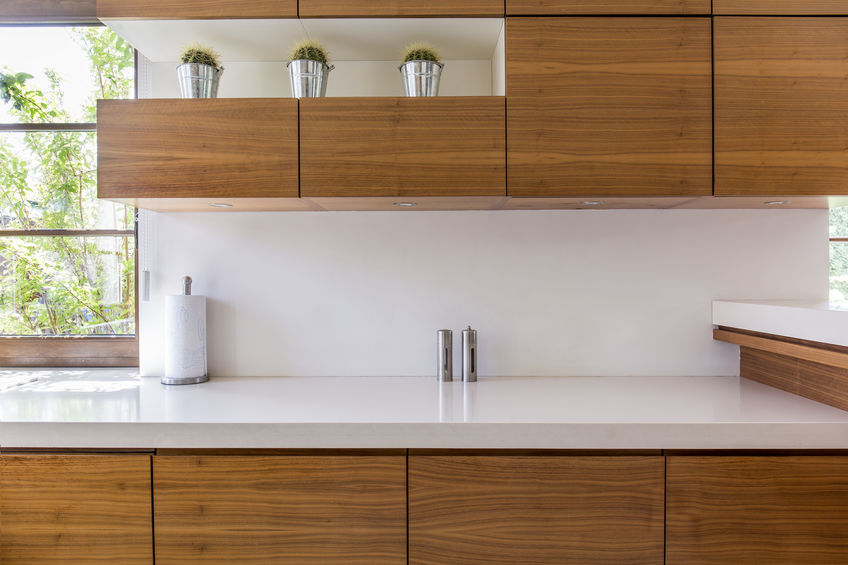Summer is winding down and, if you’re like most people, you’ve been enjoying the fabulous weather and spending as much time as possible outdoors. Even if you didn’t venture much farther than your own backyard, chances are the inside of your home has been left at least somewhat neglected over the past few months. But don’t feel ashamed: I myself must admit, when I’m not working as a professional organizer, if it’s warm and sunny, I’d much rather be out on the deck sharing good food and a drink with a friend, rather than tidying up my house.
When it comes to catching up on chores and getting things re-organized, start in the kitchen, beginning with food. Not only can a cluttered, disorganized kitchen be a source of stress and anxiety, affecting your mental health, it can also affect your physical health. While you likely know how important is to remain diligent about best-before dates for food safety reasons, a messy kitchen can actually be fattening. Yes, that’s right! Whether you’re a busy parent or someone with hoarding behaviours, if you can’t properly see what foods you have on hand and your countertops are too covered with stuff to prepare meals, you’re more likely to resort to picking up take-out, ordering in or popping a high-fat frozen meal in the microwave. Not only is this an unhealthy eating habit, fast-food calories quickly add up!
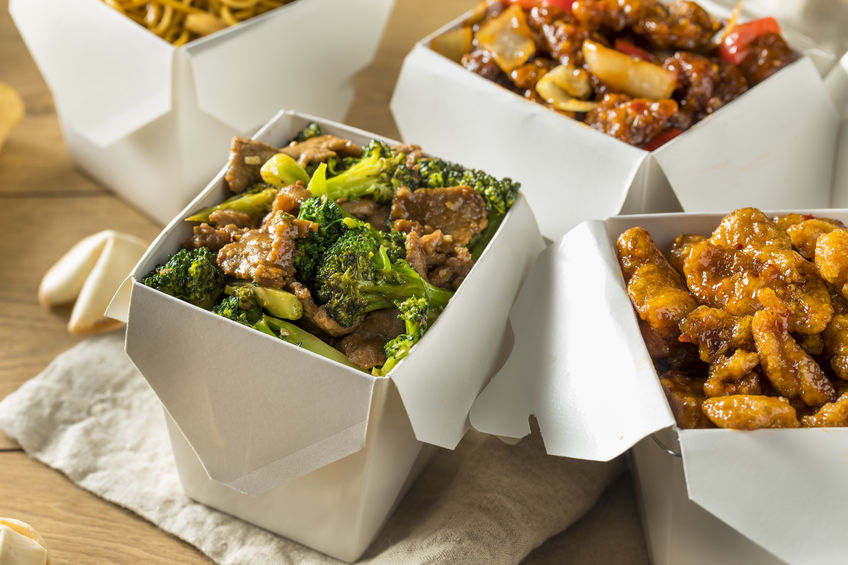
If sorting through your canned goods and frozen food feels too daunting, I recommend breaking the task down into more manageable steps:
Create a workspace
Clear everything off your countertops and wipe them clean, making room to sort through food. Put anything that doesn’t need to be on the counter where it belongs and the rest in a box to set back out later. Also, move everything on the floor out of the way and give it a quick sweep – you may need the extra space for sorting. (It’s a lot easier to put food from a bottom-drawer freezer or lower cupboards onto the floor to sort, rather than stretching and bending to reach the counter.)
CLUTTERFLY TIP: Keep countertops clear of clutter! Keep out only the bare necessities: put kitchen gadgets in drawers and eliminate any unnecessary décor. The less you have on counters, the less to clean. More importantly, you’re freeing up space for meal prep. The long-term goal is to create a kitchen that inspires you to use your countertops for chopping veggies and making your own healthy meals.
Start with the fridge door
Take everything out and wipe all the storage compartments. Especially for busy families, I recommend using a label maker to identify what goes in each door compartment. I’ve seen clients label one for each family member – great for anyone with allergies or following a specialty diet – or according to food type (mustards, hot sauces, marinades). Then put everything back in its designated spot, but only after checking expiry dates. When it comes to food safety, I always say, “When in doubt: throw it out!”
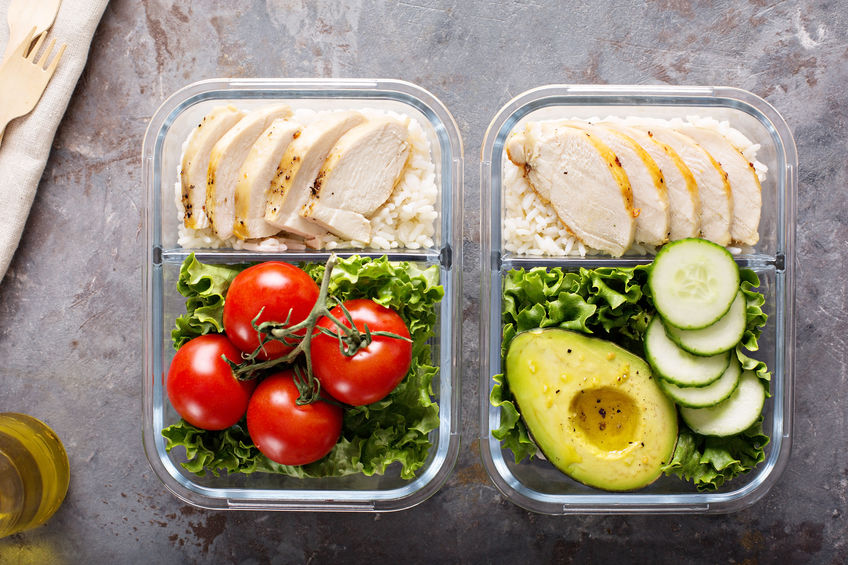
Shelf by Shelf
Once you’ve organized food in the fridge door, clear out and sort through the contents on each interior shelf and in the bins. Because you’re likely relocating things from one to another, I suggest doing this task all at once. Besides, knowing you’ve got perishables on your countertop works as an incentive to be fast and efficient! Get everything back in the fridge as quickly as possible. If you come across two identical containers that are both half full, don’t get upset – blame summer. If possible, amalgamate duplicates to save space.
Next, sort through the freezer
You can optimize space by transferring food from half-empty boxes into freezer bags. (If necessary, cut out the cooking instructions from the box and place them inside the bag.) In addition to checking expiry dates, inspect food for freezer burn. Again, for the sake of food safety, toss it out. When putting food back in the freezer, try organizing according to food type. One of my clients found that organizing by meal was a more practical and sustainable method: she keeps all breakfast foods (frozen fruits for smoothies, waffles, English muffins, etc.) on the top shelf and all frozen meat, seafood and vegetables on the bottom shelf.
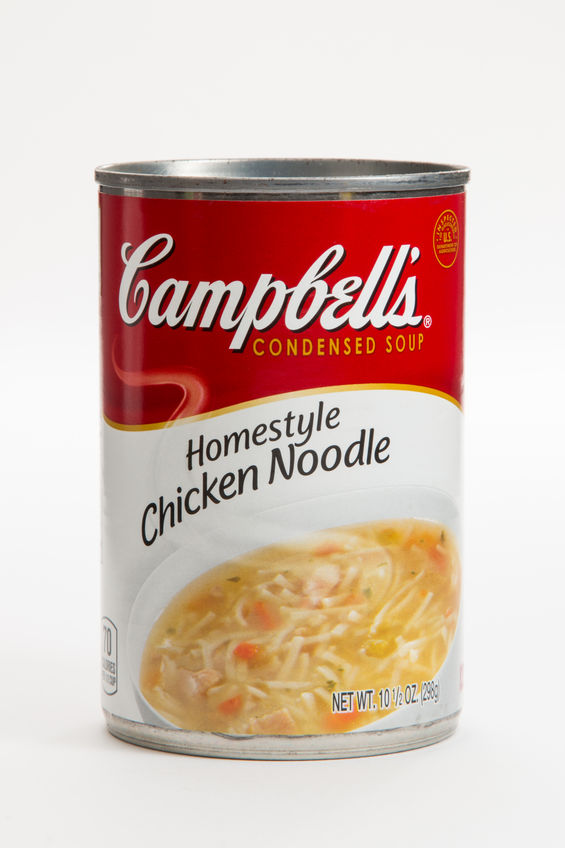
Pantry raid!
I’ve lost count of how many times I’ve introduced clients to a labeled shelving system. As you did with the fridge, take everything out, delete the old and expired, put almost-empty boxes into small storage containers. (I love the stackable ones!) Decide on an organizing system that makes the most sense for how you cook. For some, it works best to keep all jars on one shelf, cans on another, etc. For others, it works well to keep foods used together for go-to meals, i.e. jars of pasta sauce right beside pasta. When putting back quantities of the same item, such as cans of soup, put them on the shelf in order of expiry date, setting the one with the earliest expiry date at the very front of the shelf. You may even want to designate an “eat this week” spot for anything nearing expiry.
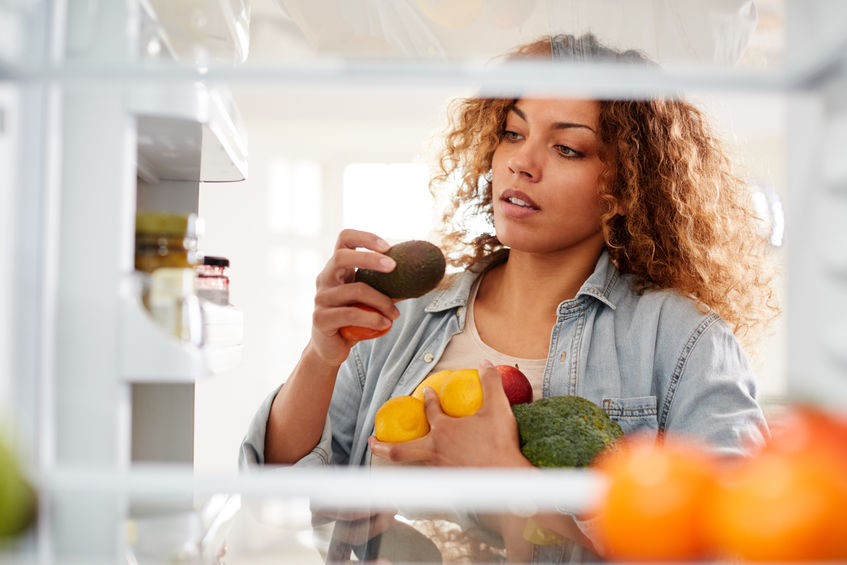
Now that you’ve organized your fridge, freezer and pantry, you’ll know exactly what foods you have and where they are, leaving you less inclined to rely on fattening fast food as a default for dinner. It’s also likely that you’ve freed up storage space, making room for fresh, produce from your local farmer’s market – apples for snacking, carrots and beets for juicing (room for a new juicer, too!) – again, leading to healthier eating.
Need help? Whether you’re feeling overwhelmed or you’re too busy with work and family obligations, I can help you get things organized in your kitchen and around your home. I can also teach you habits to stay organized – and eat healthier – for the long run. Plus, we can discuss not only one-time help, but ongoing maintenance or seasonal check-ups.

